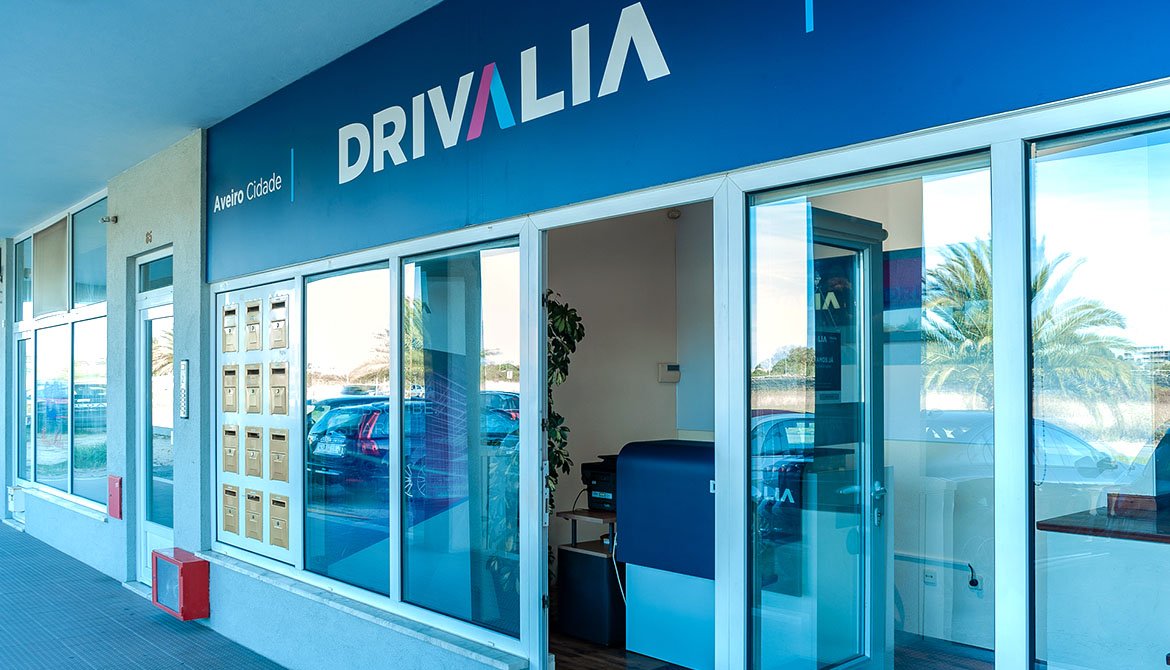Mobility Store Aveiro
At our Aveiro station, we have a diverse fleet of vehicles that adapt to your needs, whether it's a business or leisure trip!
Available services at the Mobility Store in Aveiro
Car rental is our specialty, count on flexible, safe, and hassle-free service.
At the Aveiro station, you have at your disposal vehicles of various categories such as 7 and 9-seater vans, commercial vans, economy, intermediate/superior, luxury, among others.
- Rent - Reserve the ideal vehicle for your trip - CTA - Rent
- Extras - Automatic toll payment (Via Verde), delivery and collection service, optional coverage, and much more.
Contacts for the Mobility Store in Aveiro
Opening Hours
Monday to Friday:
9:00-12:30 – 14:30-19:00
Saturdays
9:00 - 13:00
(closed sundays and holidays)
Where we are
Address
Alameda Silva Rocha, 67A
Forca - Vouga
3800-385 Aveiro
GPS: 40.640554 , -8.636826
Location references
Railway (viaduct/station), Continente Bom Dia supermarket, Mercadona supermarket.
Frequently asked questions about the Mobility Store in Aveiro
How can I reserve a car in Aveiro?
Reservation is easy! You can book online through our website or by phone (Reservations Center +351 217 818 290).
How do I choose the type of car I need?
At the time of booking, you can choose the general characteristics of the vehicle you want to rent according to your needs:
-
Number of passenger seats;
-
Trunk size;
-
Type of fuel;
-
Category: luxury, vans, compact, hybrids and electric, for example.
You will receive the available car model that best suits your preferences.
How do I return a vehicle at the Drivalia station in Aveiro?
At the Aveiro station, you can return the car within the operating hours: Monday to Friday from 9:00 a.m. to 12:30 p.m. and from 2:30 p.m. to 7:00 p.m. or Saturdays from 9:00 a.m. to 1:00 p.m.
Can I pick up and drop off the rented vehicle in a different location?
Yes. To do so, you should indicate the most convenient pickup and drop-off stations for you at the time of booking your vehicle.
Tourist attractions in Aveiro
Pick up your rental car at the Drivalia station in Aveiro and discover the surroundings and main attractions of the country`s capital. We`ve highlighted 4 must-sees:




